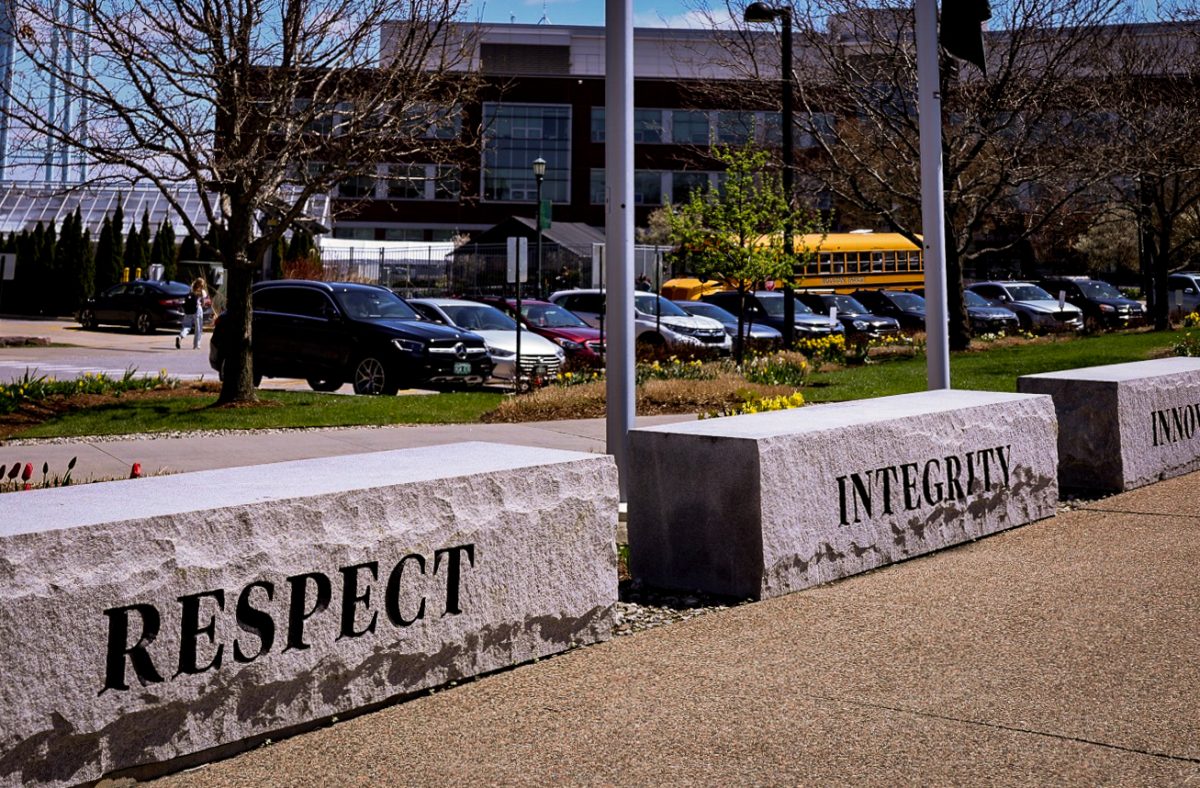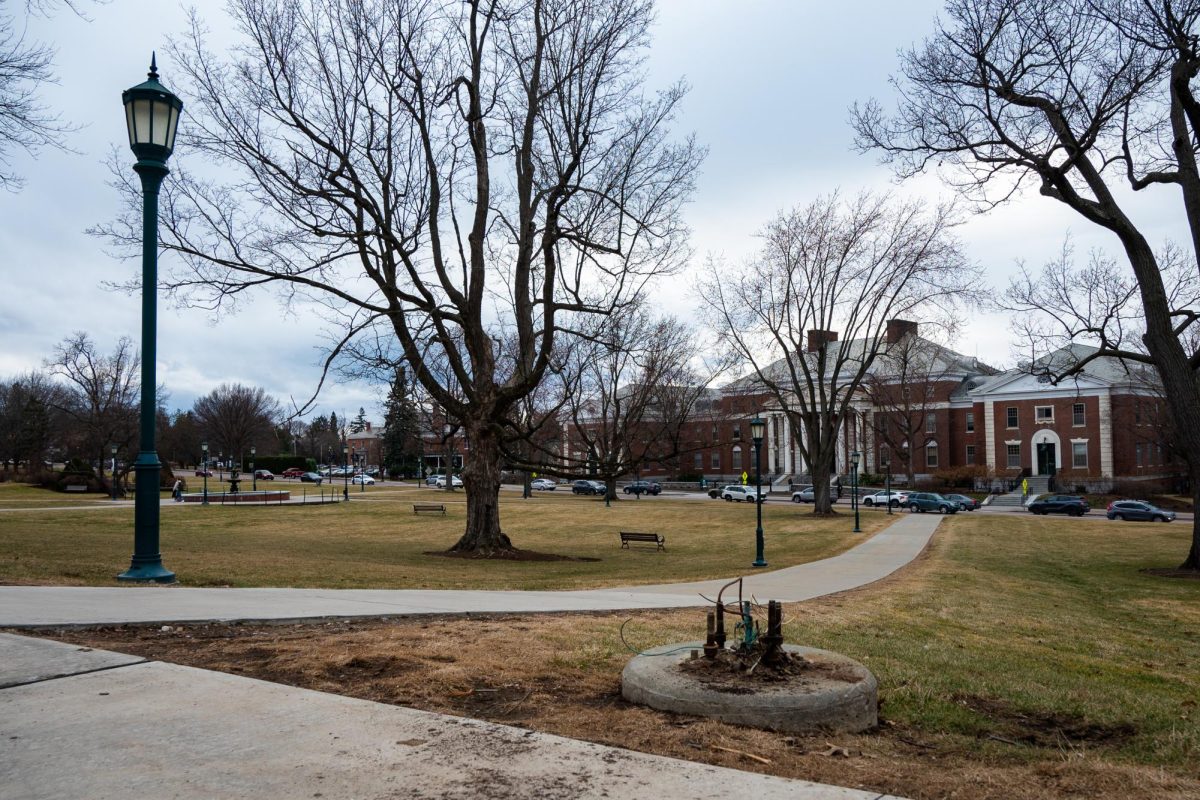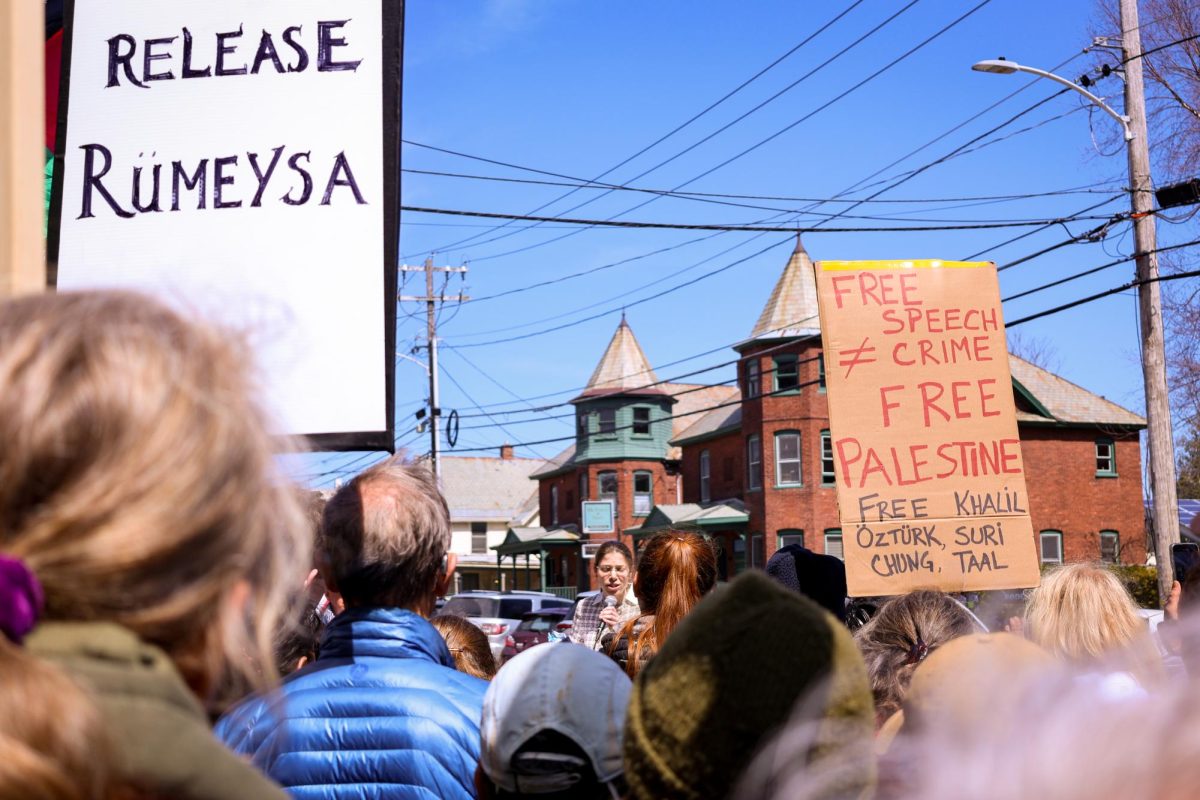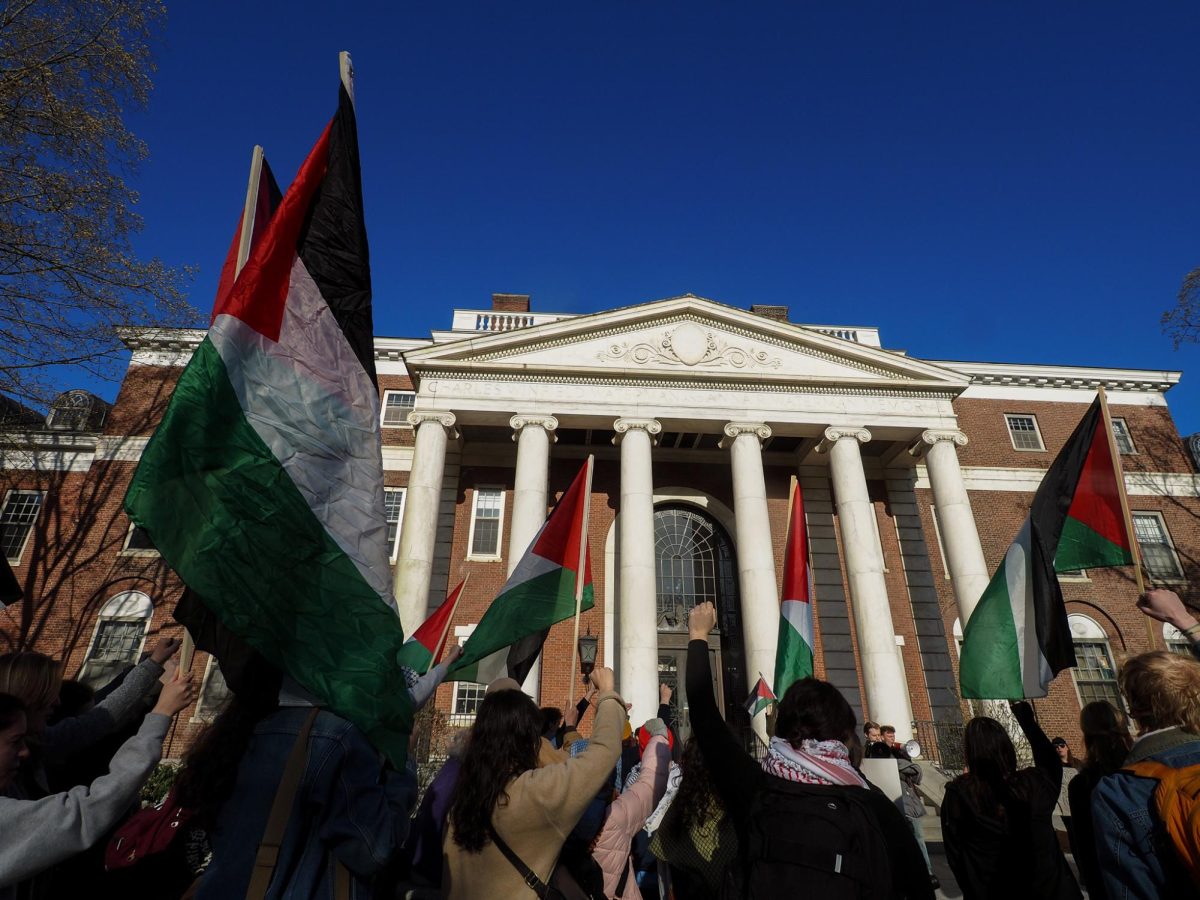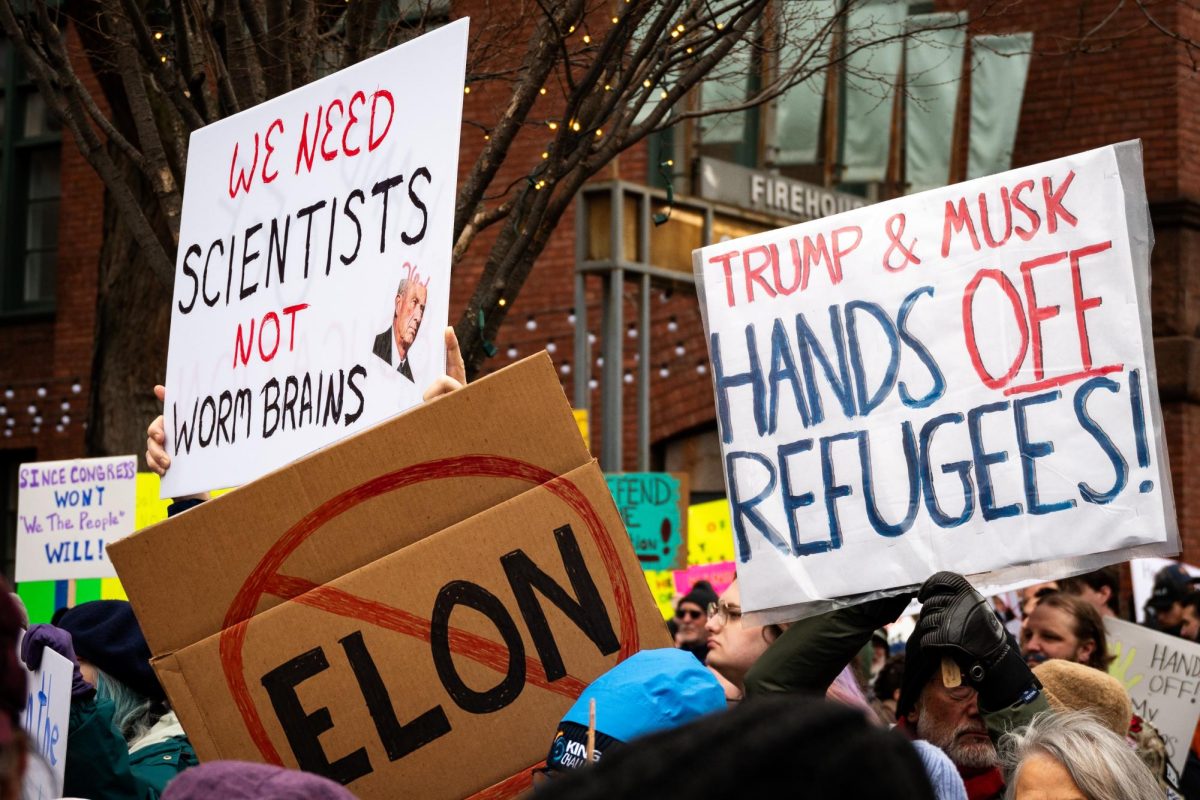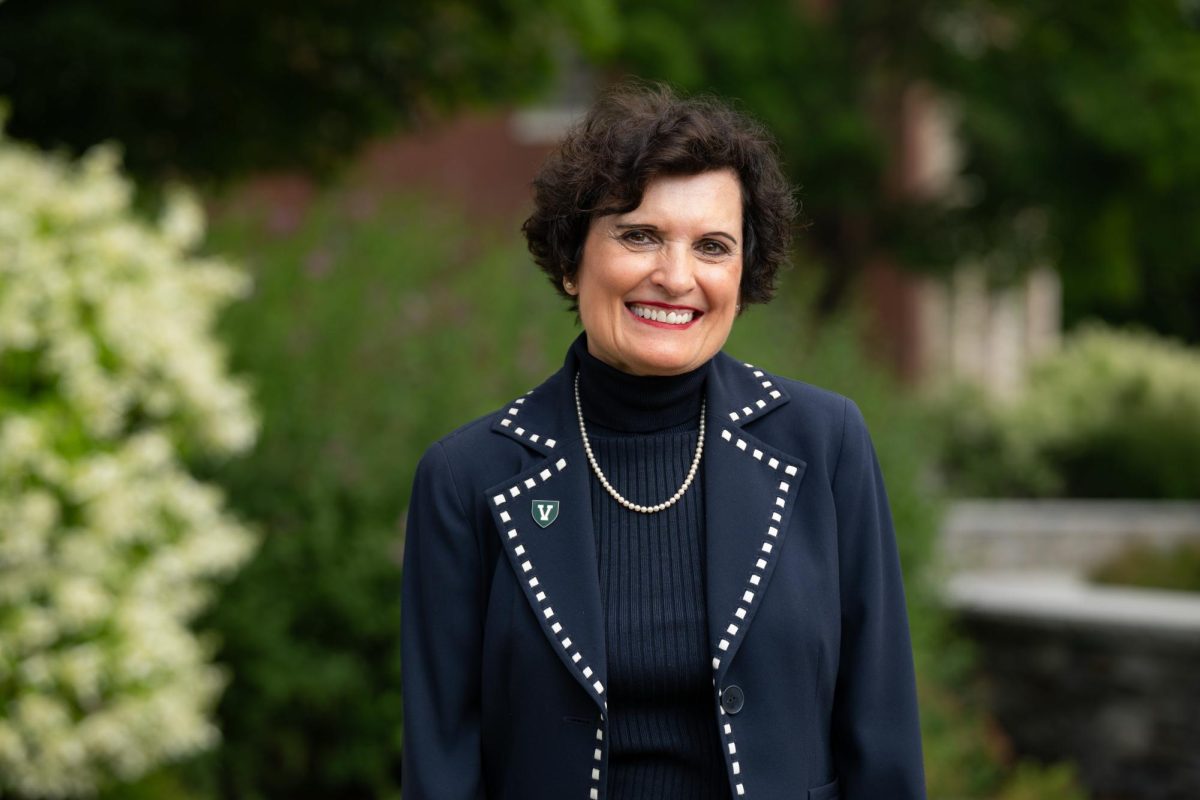April 18 will mark the 20th anniversary of the Waterman Takeover — a once infamous event associated with the power of the student body to effect change. On a campus consisting of many students who pride themselves on voicing strong, often controversial opinions through protest, this historic milestone in our University’s past will go uncelebrated, if remembered at all. The Cynic reported on April 21, 1988, that after months of unsuccessful discussions between the Black Student Union (BSU), the Asian American Student Union (AASU) and then UVM president Lattie Coor, students had grown upset and angry with the University’s indecisiveness and inability to cater to the simple requests of campus groups.Around noon on April 18, 1988, a group of students-primarily members of the AASU – inspired by past UVM protests like those following Martin Luther King Jr.’s death in 1968, entered the President’s wing of the Waterman Building asking secretaries and policy makers alike to vacate the area within five minutes, an April 19, 1988 Burlington Free Press article reported . Among the requests of the students were the following: (1) each department was to have at least one faculty member of color; (2) the student population of color must represent the population of color in the United States; (3) the creation of a required course for first-year students on race studies and race sensitivity; and (4) the recognition by the administration that students of color regularly faced racist attitudes on campus, occasionally from their own professors, according to an April 19, 1988 Burlington Free Press article. But when the students entered the building, their requests turned to demands. After clearing the President’s wing, those students who were not of color were asked to leave in order that the 20 or so students of color would not be overlooked. This was not to be a social event but a dramatic action taken by students who were personally affected by the negligence of the University. All but one of the employees of the University left without incident. Provost John W. Hennessey Jr. who was the only faculty member to remain, who explained to the students that the president was out of town and that he would not vacate for fear of infiltration by the students into sensitive school documents and offices in which students had no business, according to an April 21, 1988 Burlington Free Press article. The Burlington Free Press reported that the students had consistently voiced their desire to be non-violent and used lengths of rope in order to close and secure office doors to those other than President Coor’s, which had become their base of operations. Five of the students and Leo Trusclair Jr, an ex-administrator who had recently resigned feeling as though he had lost confidence in key members of the administration’s lack of response to minority students, began a hunger strike in order to add urgency to their demands, according to the Burlington Free Press. By the end of the day, a hundred students had gathered outside of Waterman to show their support for the protestors. Many of these supporters stayed the night. On Tuesday morning, protestors distributed leaflets identifying themselves as a new, collective group called “Student Action for Equality.” The handout stated that “a group of minority students have non-violently taken over the administrative wing of Waterman and commenced a hunger strike in protest of the University’s insensitive inaction toward the problem of racism on campus…”The effectiveness of the handout was its ability to specifically identify the problems of the University and, more importantly, educate students who were otherwise ignorant to the problems that were only apparent to the niche of those who could not ignore them. By raising awareness amongst both the students and the faculty, the voice of color on campus had positioned their issues so that they could not be ignored.When President Coor returned to campus on Tuesday evening, he met with strikers to begin negotiations. It seems the original requests of the student groups had been stalled primarily by the Board of Directors at UVM, and not by Coor himself. At this point, though, the actions of the protestors were so drastic that even the more apathetic on the Board of Directors had swayed in favor of the protestors. Even Madeleine M. Kunin, state governor at the time, voiced her support for the students. Still, negotiations were not easy. The students and administration each selected a faculty member to act as their advocate in the negotiations. The two groups then mutually selected a third advocate. All parties involved were meeting late into the night, sometimes even early into the next morning. Details of the negotiations remain unclear due to a confidentiality agreement between the parties. In addition to the creation of a required course on race sensitivity, the students hoped that the administration would create specific departments for the study of colored cultures. In the past, for instance, students had to take courses on European Imperialism in hopes of learning about ethnic cultures as well as history. At one point, a black history class was offered, but failed miserably as a professor with no background in the field had been hired to teach it, according to an April 19, 1988 Burlington Free Press article. The complication in resolving this issue in particular was that changes of curriculum are a matter of faculty decision, not administration. As the week wore on, the effects of hunger and fatigue began to set in. After three nights standing vigil by the President’s office, two female students collapsed. When they tried to rejoin the group on Thursday evening, they once again had to be carried off due to exhaustion. But Thursday evening brought signs of progress. Negotiations lasted deep into the night. When students awoke on Friday morning, news spread that the sit-in and strike had ended. That Saturday, The Burlington Free Press reported that President Coor had signed an agreement, after negotiating through the night, that complied with 17 of the students demands and yielding partially to four of the five remaining. In short, the protest was a success. Kind of. Though the administration today continues to attempt to recognize the requests of the Black Student Union and the Asian American Student Union of late, these needs are not always met. The number of students of color representing the percentage of people of color at large in the United States is one of these goals that has yet to be reached. In the fall semester of this year, 841 of 12,239 (about 6.8 percent) students identified as of color. “Of the total number of multicultural students, 640 are undergraduate degree students; this compares to 612 multicultural undergraduates last fall, an increase of 4.6 percent,” according to the Office of Institutional Studies Web site. The Waterman Takeover is a reminder for many that an organized group of students can make change happen. In this instance, strikers worked to educate a campus to invoke change. They believed they were working not to advance themselves, but to advance the institution.March 31, 1995 – ALANA students participated in a March 31 open forum recounting the pains of attending a predominately white UVM and demanded that the campus confront the racism they say is widespread here and in the Burlington community. April 18, 1988 – Waterman Takeover Students occupy UVM administration building demanding commitment to a larger minority presence on campus. April 24, 1991 – Davis announces force will not be used to end the occupation and he will not negotiate during the occupation.May 12, 1991 – A pre-dawn raid by 56 police officers results in the arrest of eight students and one faculty member in Davis’ office. Eleven more are arrested outside the Waterman Building.April 22, 1991 – Second Waterman Takeover Twenty-two students take over President George Davis’ office in the University of Vermont’s Waterman Building and issue 18 demands for greater racial awareness and presence on campus. Hundreds of students gather in support. May 9, 1991 – Davis says “the nature of the occupation” of his offices has changed and announces he can no longer rule out the use of force.November 23, 1991 – Diversity University is burned by an arsonist. President Thomas Salmon declares that no more such structures will be built until a policy on “symbolic structures” is developed.April 22, 1988 – Waterman Agreement SignedMarch 3, 2006 – President Daniel Fogel appoints his President’s Task Force on Racial Diversity which he will chair. May 14, 1991- Four UVM shuttle buses destroyed by fire.March 20, 1988 – Citing similar difficulties in dealing with the UVM administration, representatives and members of six UVM minority and women’s rights groups have come together in an unprecedented coalition effort. March 29, 1995 – Racially motivated death threats against five African-American female students investigated by UVM. The University failed to notify the FBI of the death threats.May 10, 1991 – Student supporters of the protesters begin construction of Diversity University – a collection of tents and shanties the group says will be the site of alternative education courses to make up for UVM’s lack of cultural diversity.Information courtesy of www.uvmedu/%7Eculture/uvm/uvmoverview.html
Categories:
Twenty years later
April 14, 2008
0
More to Discover


